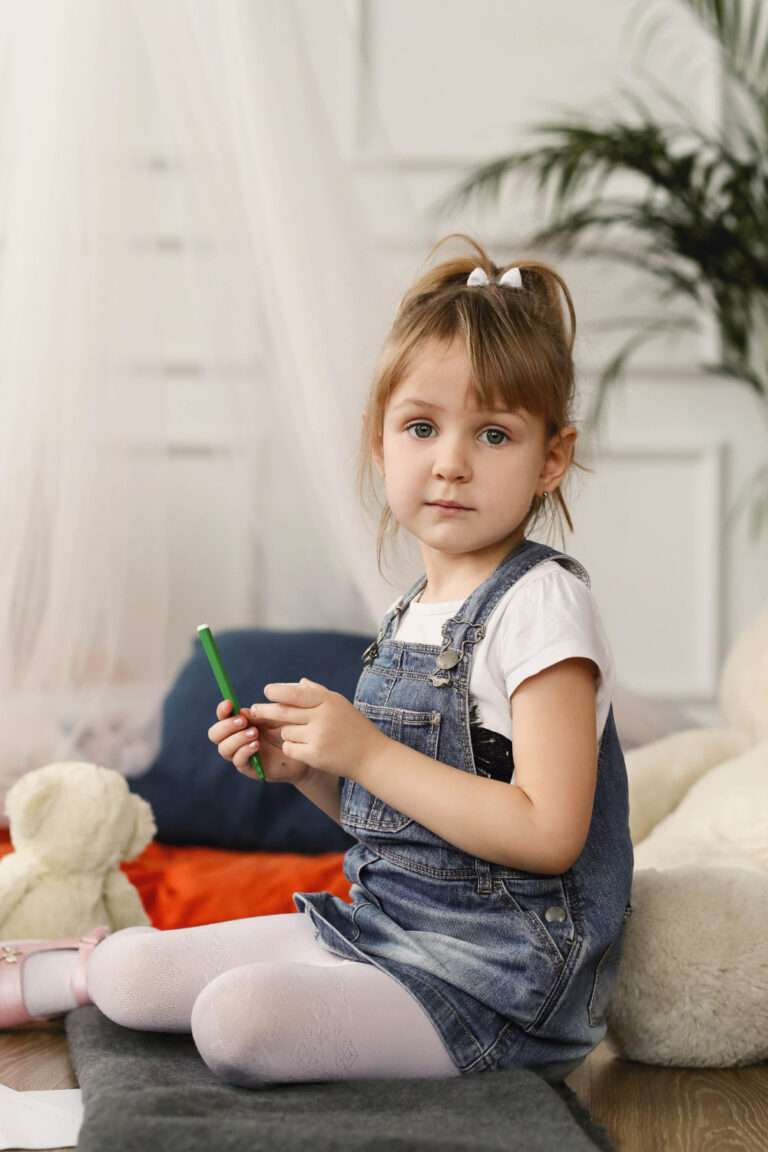Pediatric disease diagnostics
Pediatric disease diagnostics involve a range of tests and evaluations designed to identify and understand various health conditions in children. The diagnostic process is critical for developing effective treatment plans. Here’s an overview of common methods used in pediatric disease diagnostics:
- Physical Examination: This is the first and most basic diagnostic tool. A pediatrician conducts a thorough physical examination, checking for any physical signs of illness or disease.
- Medical History: Understanding the child’s medical history, including any previous illnesses, vaccinations, and family medical history, is crucial in diagnosing diseases.
- Laboratory Tests:
- Blood Tests: These can provide a wealth of information, including blood cell counts, electrolyte levels, and markers of infection or disease.
- Urine Tests: These are used to diagnose urinary tract infections, diabetes, kidney problems, and other conditions.
- Stool Tests: These help diagnose gastrointestinal issues, infections, and problems with nutrient absorption.
- Imaging Studies:
- X-rays: Useful for diagnosing fractures, lung issues (like pneumonia), and some abdominal problems.
- Ultrasound: Often used to view the internal organs, such as the heart, kidneys, and liver, in a non-invasive way.
- CT Scans and MRI: Provide detailed images of internal structures and are used in more complex cases.
- Developmental, Behavioral, and Mental Health Assessments: These include evaluations for developmental delays, learning disabilities, autism spectrum disorders, ADHD, and mental health issues like anxiety and depression.
- Allergy Testing: Includes skin tests or blood tests to identify specific allergies.
- Genetic Testing: Used to diagnose or rule out genetic disorders. This can include chromosomal analysis and more specific gene testing.
- Metabolic Testing: Tests to diagnose metabolic disorders, such as problems with metabolism of sugars, fats, or amino acids.
- Infectious Disease Testing: Includes tests for bacterial, viral, fungal, and parasitic infections. Methods can range from throat swabs to more complex blood tests.
- Endoscopy: A procedure using a camera to visualize internal parts of the gastrointestinal tract, used in diagnosing conditions like Crohn’s disease or ulcers.
- Pulmonary Function Tests: Assess lung function and are used in diagnosing asthma or other respiratory conditions.
- Cardiac Tests: Including ECG (electrocardiogram) and echocardiogram, these tests are used to diagnose heart conditions.
- Neurological Tests: Such as EEG (electroencephalogram) for assessing brain activity, particularly in cases of seizures or epilepsy.
- Biopsy: Involves taking a small sample of tissue for examination under a microscope, often used to diagnose cancers or other specific diseases.
The choice of diagnostic tools depends on the suspected condition, the child’s age, symptoms, and medical history. Pediatric diagnostics often require different approaches and considerations compared to adults due to the unique aspects of children’s health and development.
------------From our Sponsors------------






